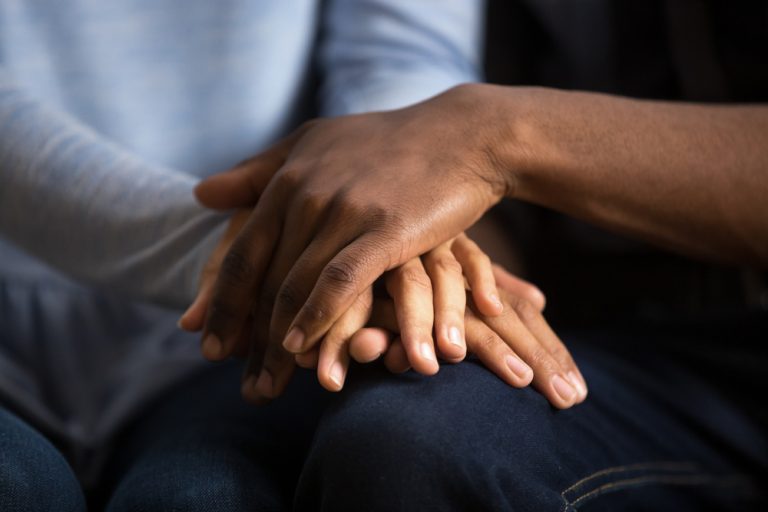They Wanted to Get Sober They Got a Nightmare Instead. The New York Times
They are designed to be a transitional space from residential treatment to mainstream society. Private owners usually own these homes, but charities http://rolandus.org/eng/breedncolors/Maine-Coon.html and businesses may also own sober living houses. If you live in a recovery house, you may either have your own room or share one with a roommate.
Some homes are part of a behavioral health care system where residents live next to a rehab clinic, participate in outpatient therapy and have access to the clinic’s recreational activities. Ultimately, sober living homes are homes and communities where recovering addicts go to live in a drug-free environment. Sober living homes enforce the basics, but the point is to help addicts become self-sustaining and work on their self-discipline. Coming off on an addiction and into sobriety can be a very harsh transition, and with it comes a long list of mandatory changes. Sober living helps people work their way through this list at their own pace.
Are Sober Living Homes Effective?
A recent report published by IBISWORLD shows that the distribution of substance abuse clinics in the United States largely reflects the distribution of the population throughout the various regions. If YES, here is a complete guide to starting a sober living home business with NO money and no experience plus a sample sober living home business plan template. Your brain https://texasnews365.com/russian-criminal-authority-died-in-the-moscow.html remembers what it was like to be high, and as dangerous as drug use is, it’s addictive because it produces pleasure like few other things in life. Sober living isn’t locking yourself in a small home with a dozen other addicts, waiting for the moment when things get better. That being said, there are ways to reduce the risk and increase your chances of not relapsing.

The staff member let Ms. Antonio into the house, but did not call for medical help. Joryan Polk, 22, a member of the San Carlos Apache Tribe, had grown so despondent during his drug treatment program that he called his mother to say that no one was listening http://museum.by/en/node/42237 or helping, his mother said. He was found dead and face down in his bedroom last January after overdosing on meth and fentanyl. Residents at the home told a police officer that nobody had checked on Mr. Polk for about two days, according to a police report.